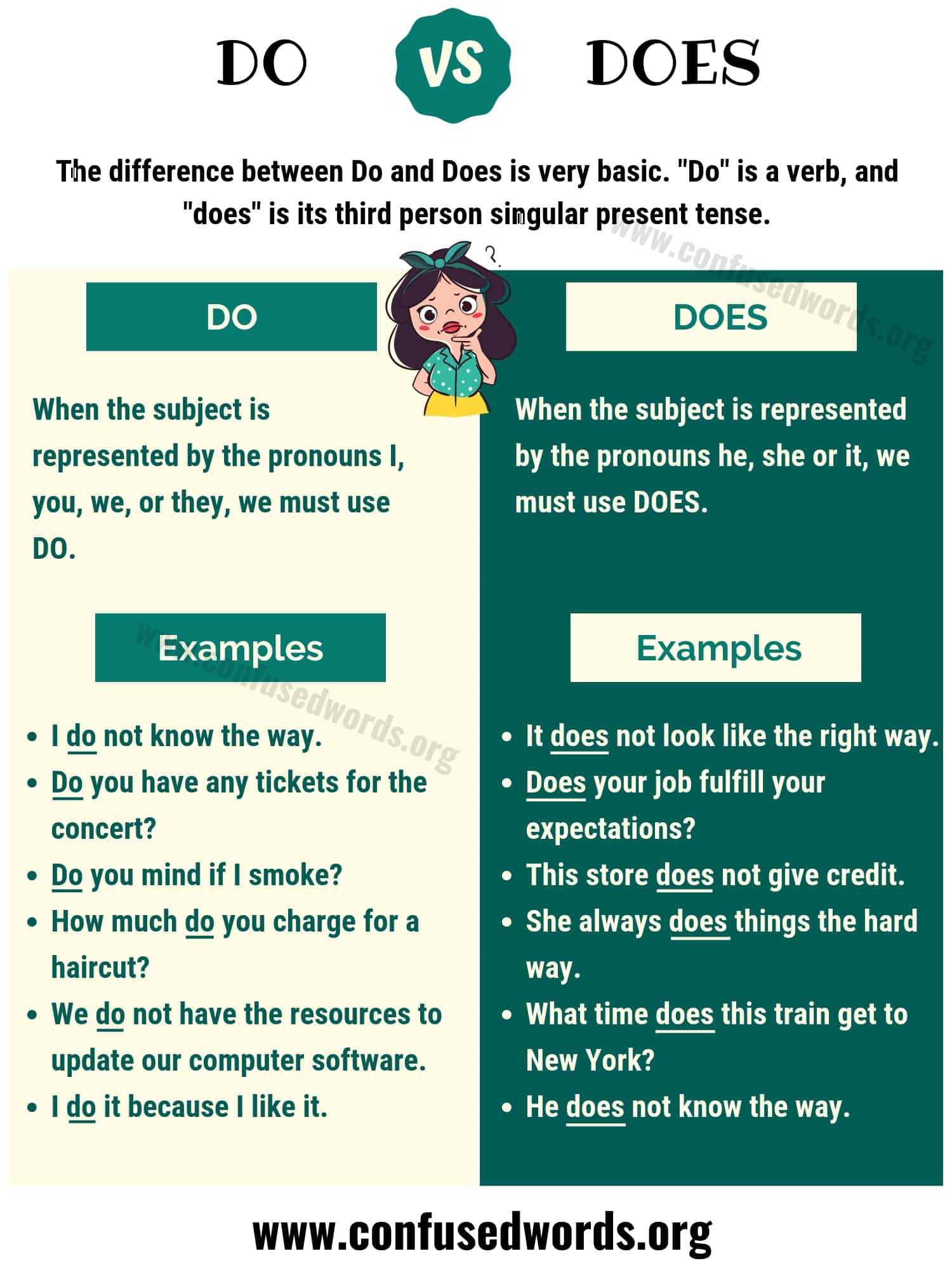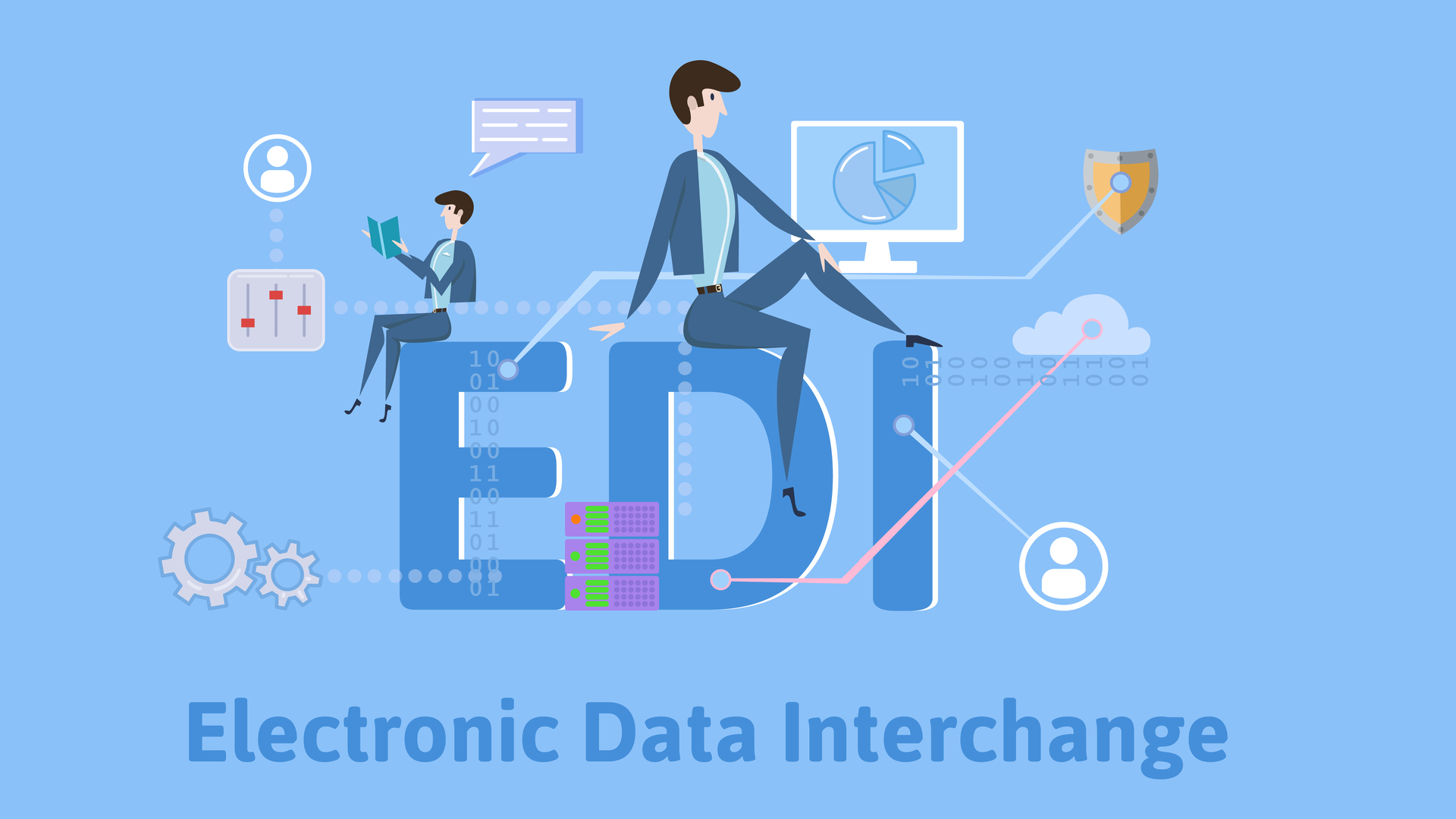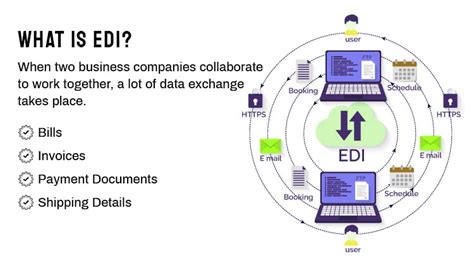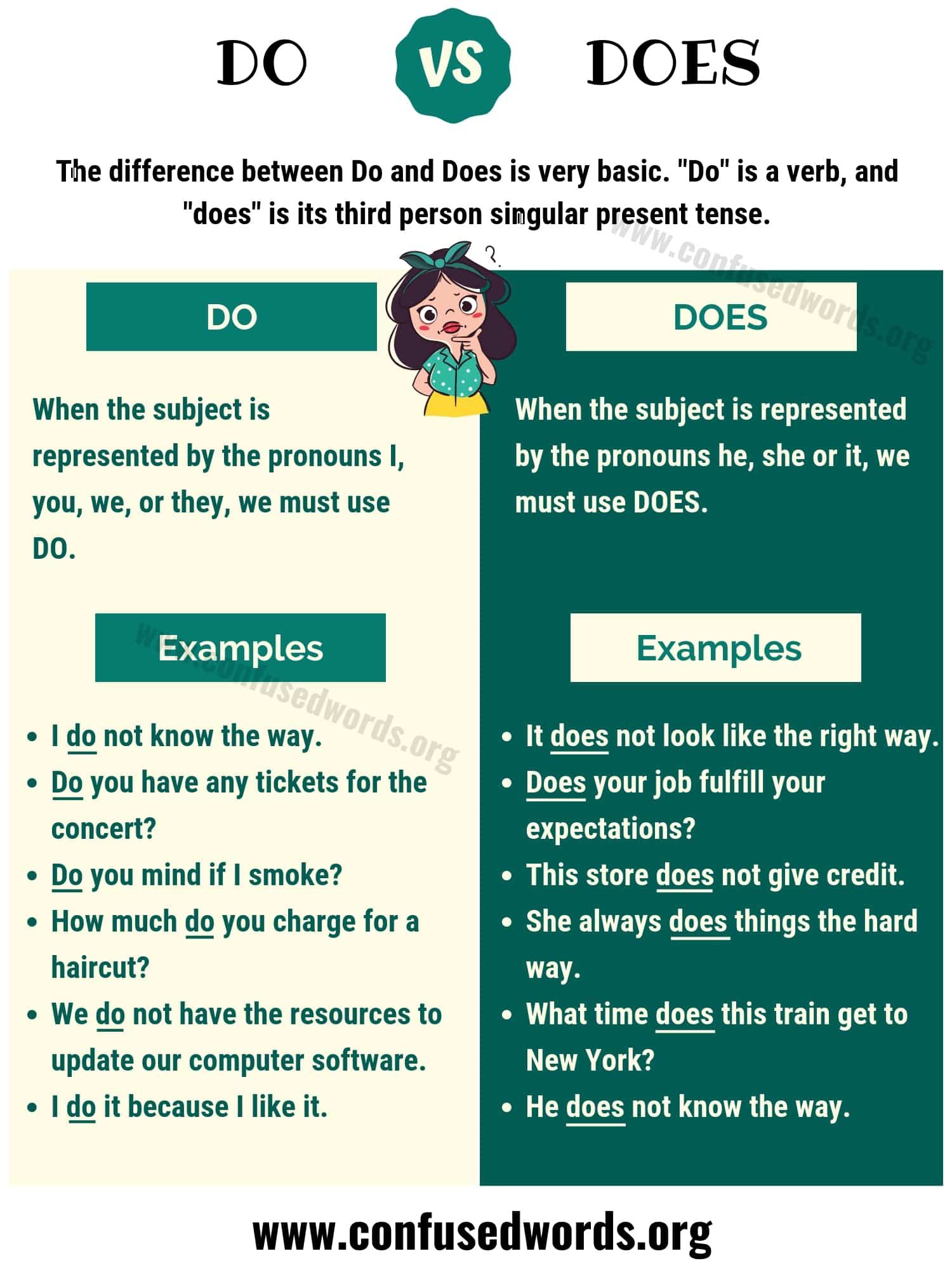How Does Di Work? Expert Solutions

Dependency Injection (DI) is a software design pattern that allows components to be loosely coupled, making it easier to test, maintain, and extend the system. In this article, we will delve into the world of DI, exploring its concepts, benefits, and expert solutions. We will examine the key principles of DI, including separation of concerns, inversion of control, and dependency inversion.
Introduction to Dependency Injection

Dependency Injection is a technique where one object (the dependent object) receives another object (the dependency), rather than creating it itself. This approach enables the dependent object to focus on its core responsibilities, while the dependency is managed externally. The benefits of DI include increased flexibility, easier testing, and better maintainability. For instance, in a web application, the database connection can be injected into the data access layer, allowing for easier switching between different database providers.
Types of Dependency Injection
There are several types of DI, including:
- Constructor Injection: The dependency is passed through the constructor of the dependent object.
- Setter Injection: The dependency is set through a setter method of the dependent object.
- Interface Injection: The dependency is defined through an interface, which is implemented by the dependent object.
| DI Type | Description |
|---|---|
| Constructor Injection | Dependency is passed through the constructor |
| Setter Injection | Dependency is set through a setter method |
| Interface Injection | Dependency is defined through an interface |

Benefits of Dependency Injection

The benefits of DI are numerous and well-documented. Some of the most significant advantages include:
- Loose Coupling: DI helps to reduce coupling between objects, making it easier to modify and extend the system.
- Easier Testing: With DI, dependencies can be easily mocked or stubbed, making it simpler to write unit tests.
- Improved Maintainability: DI makes it easier to maintain and evolve the system, as dependencies can be changed or replaced without affecting the dependent objects.
Best Practices for Dependency Injection
To get the most out of DI, it’s essential to follow some best practices. These include:
- Keep dependencies explicit: Avoid hiding dependencies within the dependent object.
- Use interfaces for dependencies: Define dependencies through interfaces, rather than concrete classes.
- Avoid over-injection: Don’t inject too many dependencies into a single object, as this can make the system harder to understand and maintain.
What is the main benefit of using Dependency Injection?
+The main benefit of using Dependency Injection is that it allows components to be loosely coupled, making it easier to test, maintain, and extend the system.
What are the different types of Dependency Injection?
+The different types of Dependency Injection include Constructor Injection, Setter Injection, and Interface Injection.
How does Dependency Injection improve testability?
+Dependency Injection improves testability by allowing dependencies to be easily mocked or stubbed, making it simpler to write unit tests.



